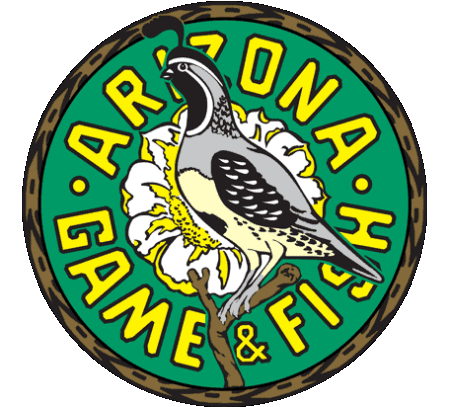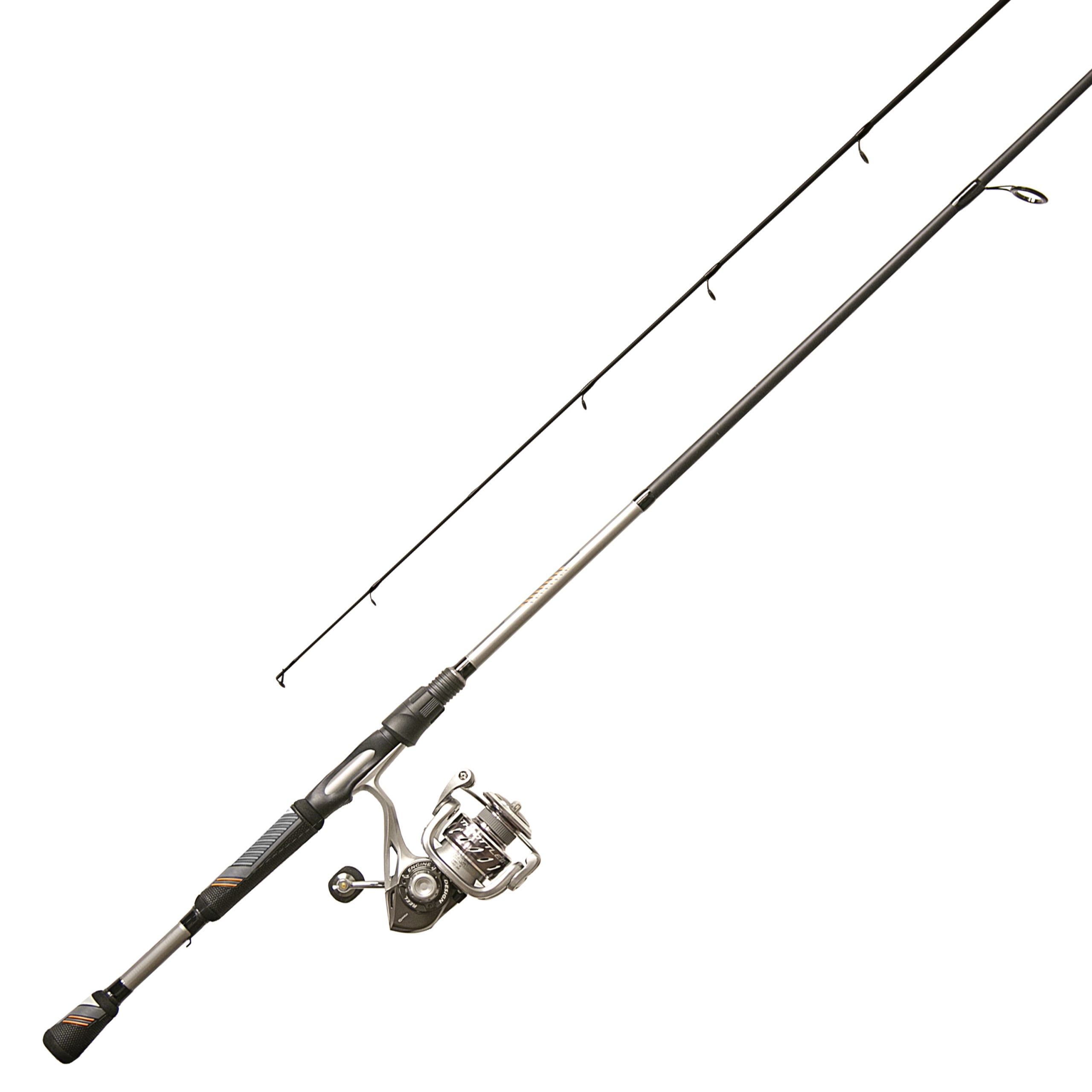Jumpin’ Jahozephat!! You’ve found the fish! Just as fast as you can get ’em in the boat, you’ve got your limit! It only took you seven and a half minutes to land 18 stripers once you found the fish and now, at 8:15 AM, you’re through for the day. You haven’t even finished your first cup of coffee but you’ve had the most exciting 10 minutes of your life! Hmmm…. Looks like you’ll be coming back to Lake Texoma.
Lake Texoma is the best fishing lake in the country, according to Mel Stover who works on the lake as a fishing guide. He makes this claim for some very good reasons. Lake Texoma is one of three lakes in the country where the striped bass reproduce naturally (without restocking).No other lake can produce stripers o the size found in Lake Texoma, either. It is not uncommon to land a striper in excess of 25 pounds on Lake Texoma.
The striped bass, previously a sal*****er species, became a freshwater fish quite by accident. When the Santee-Cooper Lake was dammed and sal*****er was no longer allowed to empty into the famous lake, striped bass that were trapped in the lake adapted rather well to their new lake. Stripers were later stocked into several other freshwater reservoirs and they did well. Today, striped bass is regularly stocked in Lake Livingston, Toledo Bend, Falcon Lake and other popular fishing spots in Texas. It is a popular sportfish because it is very aggressive and will give the angler quite a run for his money. No, a striper catch is not just another catch. Die hard bass fishermen may never go back once they’ve mastered a striper.
Striped bass fishing alone brings about $25 million per year to the economy of Lake Texoma and fishing is the primary industry of this part of both states. The population of the lake area easily doubles or even triples during fishing season.
Two-thirds of Lake Texoma lies in Oklahoma, according to a map of the Red River Channel. This makes the lake only the third largest reservoir in the state of Texas, but it is easily larger than any other lake within the state of Texas. Located just an hour-and-a-half to two hours north of Dallas, the lake offers North Texans a convenient get-away set in beautiful rolling hills.
Lake Texoma also has huge catfish! Several catfish in excess of 35 pounds are taken from the lake every day. This is another fish that naturally reproduces in the 100,000 square acres of Lake Texoma.
The ecology of the Red River is unique. In the Panhandle of Texas and Western Oklahoma, there is an underground salt bed that dates back 220 million years. Many of the springs that feed into the Red River produce water that is almost pure brine. It is estimated that 3,600 tons of salt is emptied into the Red River per day. The result is that the Red River has a very high salt content that occurs naturally and is probably the reason that stripers thrive in Lake Texoma.
Another consequence of this high salt content is water that is unusable for municipal, industrial or agricultural purposes. The U.S. Army Corps of Engineers has devised a plan to remove 2,000 tons of the salt deposited in the river per day. Municipalities, large industrial users and farmers could benefit from a plentiful supply of water, but the reduction of salt deposited into Lake Texoma would only have detrimental effects on the striped bass population. Some experts believe that they would no longer reproduce naturally in the lake.
The project would also affect the flow rates of the river, possibly reducing it to 0, and the water will be murky virtually all the time. Selenium buildup in the brine lakes used for disposal of salt threatens all waterfowl and wetlands that are home to a number of endangered species such as the Bald Eagle and the Whooping Crane.
The project was initiated in 1957 and approximately 27% of the allotted funds for the project have been spent to date. Currently, 250 tons of salt are being removed from the river per day. A lack of funding halted the project in 1988, but a recent political push has released more funds. The U.S. Fish and Wildlife Service has raised objections that have effectively halted the project to allow additional input from the affected wildlife agencies and the public.
What can you do, you ask? Call or write your Congressman! Now is the best time to be heard. Work is slated to resume within the year and, if nothing is done to stop it, the project will be completed in the year 2001 or 2002.
The Red River Chloride Project, as it is called, is a very real threat to Lake Texoma. This spectacular fishery could be destroyed for generations to come. We still have time to save it and preserve one of nature’s great wonders.
In the meantime, plan a trip to the cooler climate of North Texas/Southern Oklahoma and try some of the best striper or catfishing to be found anywhere. You may never come back to bass fishing. If you need an experienced striper or catfish guide, call Mel Stover at (800) 315-8607. – Lake Havasu
– Lake Havasu








0 Comments